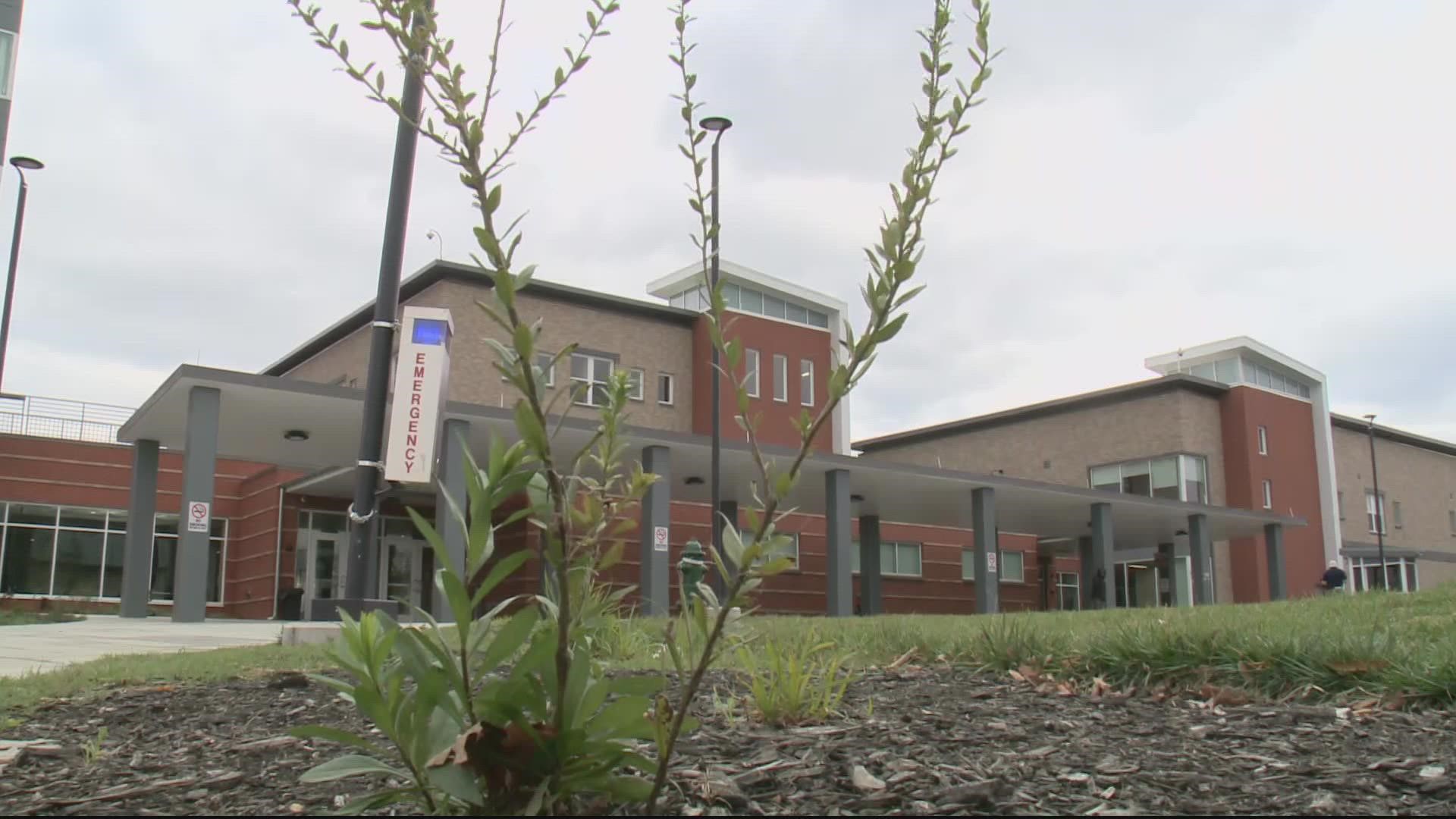WASHINGTON — The dramatic drop in temperatures may have caught some of us off guard, but the District is prepared. Hypothermia shelters are ready to provide safe and warm shelter for those in need.
Laura Zeilinger, the Director of the DC Department of Human Services said, “We judge our success by meeting 100% of the need. It's both in our law, but also in the moral imperative and our value system that we don't want anyone to ever have to be harmed, or die on the streets of our city."
In a news release to the media, the department stated:
As temperatures fall, we ask that you take the following actions for yourself and your DC neighbors:
* Stay inside if you can and cover up and limit exposed skin when you go outside.
* Check on your neighbors and learn the signs of hypothermia - young children, the elderly, and those with access and functional needs are the most vulnerable in our community.
* To request shelter transport for DC residents who are experiencing homelessness and outside, please call 311 or the shelter hotline at 202-399-7093. The District opens Hypothermia Shelters in recreation centers and other public buildings to ensure there are warm, safe places to be for anyone experiencing homelessness.
* For all animal emergencies, including animals left outside in extreme temperatures, call the Humane Rescue Alliance at 202-723-5730. For additional winter weather information and preparedness tips, visit https://ready.dc.gov/winterwx.
This joint effort between a host of agencies around the city allows for safe housing for those who need it the most.
The 801 East Men’s Shelter is one of the newest facilities in the District. It’s equipped with cots and lockers for those looking to stay just for a night. The shelter also gives people access to showers and laundry rooms and warm meals.
In other areas of the building, there’s also additional longer-term temporary housing.
“This site was built based on the design requirements that we developed together with people in our system," Zeilinger said, "So we really listened to what makes people feel safe. And how do we create a setting where people aren't opting to stay unsheltered because they fear that the shelters are too chaotic and maybe unsafe for them.”
Zeilinger says calling 311 is the best way to locate a shelter near your location and also to schedule transportation if needed.
“You can also just walk up to any of our sites and we have additional beds that we bring,” she said.

